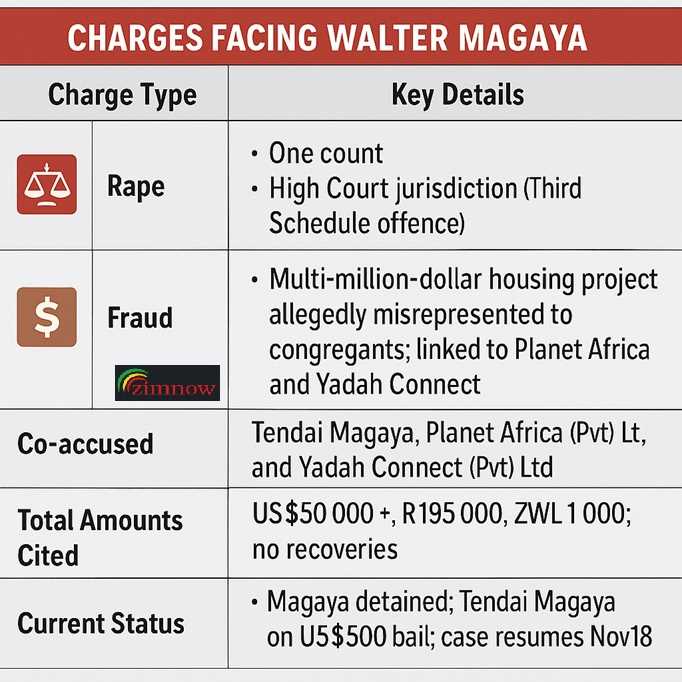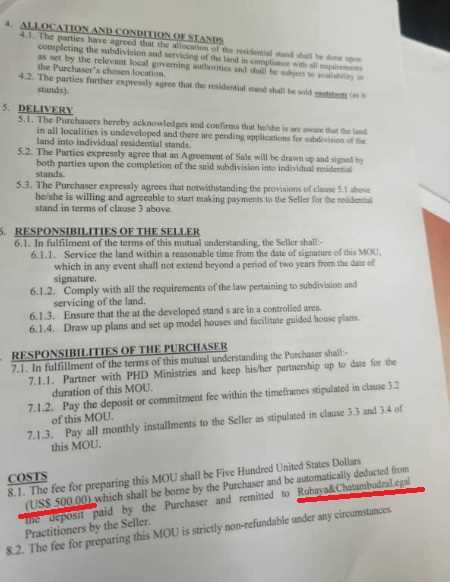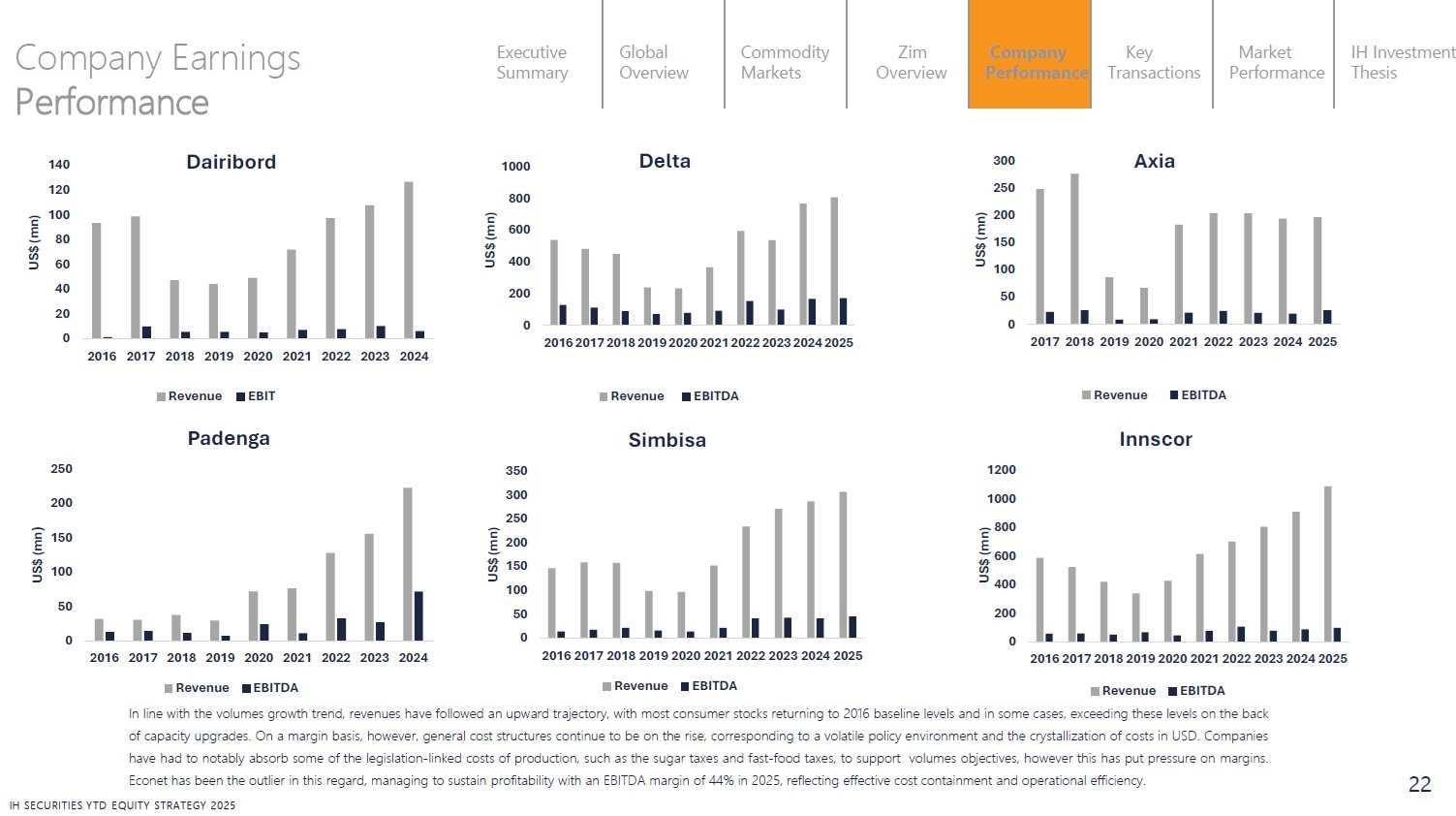
Oscar J Jeke
Zim Now Reporter
Zimbabwe's export sector has achieved a remarkable 1.8% growth in the first eight months of 2024, with earnings reaching an estimated US$4.56 billion, up from US$4.48 billion during the same period in 2023. This growth is largely attributed to the outstanding performance of the horticulture and value-added products sectors, which saw gains of 5.2% and 2.3%, respectively .
Zimbabwe's horticulture industry has been thriving, with flowers being a significant contributor to the country's foreign exchange earnings. In fact, the sector once ranked as the second-largest flower exporter in Africa, with roses earning US$67.8 million in 2001 ¹.
Related Stories
The growth in value-added products is a testament to Zimbabwe's efforts to diversify its export base and increase competitiveness in regional, continental, and global markets.
ZimTrade's innovative strategy of clustering key sectors has enabled local companies to penetrate both traditional and non-traditional markets, contributing to the steady growth. This approach has been instrumental in fostering collaboration and competitiveness among Zimbabwean businesses.
President Emmerson Mnangagwa has praised the export growth, attributing it to the commitment and determination of Zimbabwean businesses. He emphasized the need for exporters to expand into more demanding and strategic markets, diversifying their product portfolio to remain relevant and competitive.
Despite this impressive growth, Zimbabwe's economy faces currency volatility, resulting in significant losses for businesses struggling to access foreign currency. The government's efforts to establish Innovation Hubs at state universities aim to enhance technological advancements and improve production processes, particularly in agriculture, manufacturing, and services.
As Zimbabwe continues to push for economic prosperity, it's essential for businesses to prioritize research and development, ensuring consistent meeting of demand to maintain the country's export potential.



















Leave Comments